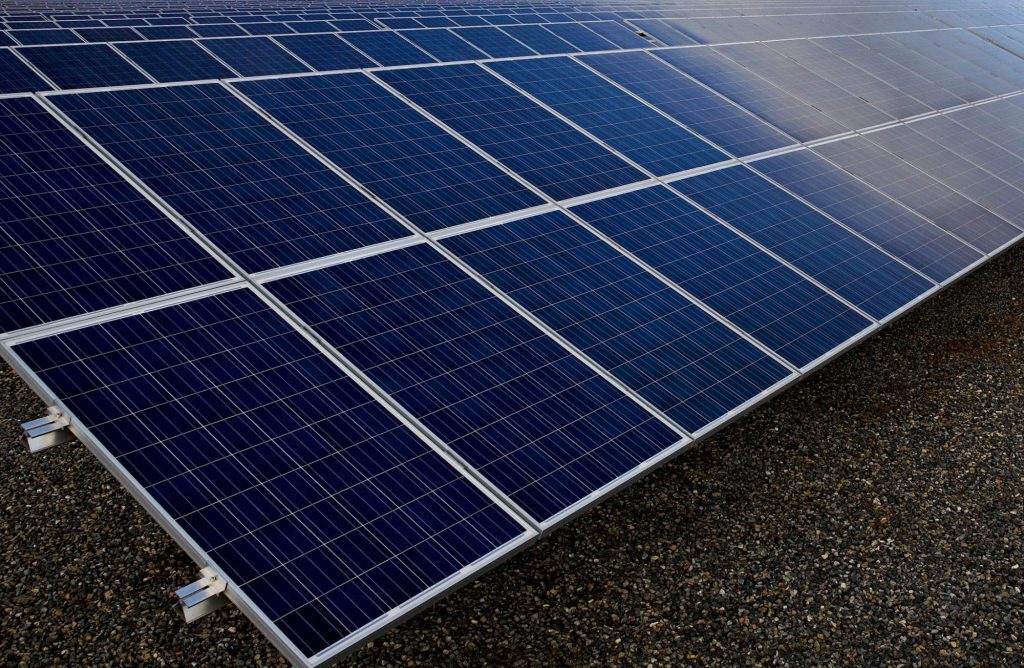
Latin America’s booming clean energy market is attracting the world’s energy giants, which are driving down prices and squeezing out the little guys.
Smaller developers were instrumental in taking wind and solar mainstream in the region, making headlines in recent years by offering record low prices at government auctions. Now they’re getting undercut by bigger rivals like Enel SpA, AES Corp. and Iberdrola SA.
The emergence of international power companies in Latin America is a testament to how mature — and alluring — its renewable energy market has become. Investment in Latin America’s clean energy market last year grew more than 25 times faster than the global rate, and big developers are willing to fight for their share at whatever cost. They’re already setting new records and signs point to even steeper price declines.
“It has been very hard to compete with the larger companies,” said Jose Antonio Lobo, director of development for Latin America with SolarReserve LLC.
SolarReserve is developing a 260-megawatt solar farm in Chile’s Atacama Desert. It’s permitted and ready to begin construction. All it needs is a deal to sell power.
The company offered $48 a megawatt-hour in an October auction. That would have been good enough in an August 2016 auction in Chile, when the average price was $47.59. This time, rivals drove down bids to an average of $32.50.
Big companies dominated the event, especially Enel, which bid $27. The next month, Enel offered to deliver wind power in Mexico for $17.70 a megawatt-hour, the lowest ever for wind according to Bloomberg New Energy Finance.
International companies like Enel, Europe’s largest utility, have advantages that translate into lower costs, said Rodrigo Violic, head of project finance at the Chilean lender Banco Bice. Global operations mean economies of scale, and decades of experience building infrastructure projects help too. Stronger balance sheets lead to cheaper financing, and companies sometimes accept lower returns to gain share in growing markets. Low bids also assume equipment prices will continue to fall.
“The big ones usually don’t even need to look for project financing,” Violic said. “The smaller ones, instead, need project financing to build their projects. And this is not cheap.”
AES Corp. expects “massive” growth in the Latin America renewable energy market, and “all the large incumbents will grow substantially,” said Chief Risk Officer Leonardo Moreno. The U.S.-based company has about 16,000 megawatts of capacity in Latin America, with 40 percent in renewable energy. “We believe there’s room for prices to continue to come down.”
Large companies are better able to weather a downturn or unexpected event. For example, after the worst recession in decades drove down Brazil’s currency, some developers participated in August in a special reverse auction to get out of contracts for wind and solar farms. The only winner from a 2015 auction that didn’t have to pull the plug or seek an extension was Enel.
The exception to this trend is Argentina, which has a history of nationalizing foreign-owned companies and a credit rating comparable to Sri Lanka. In a December auction, $3 billion worth of power projects were awarded mostly to local companies.
Across the rest of the region, the trend is clear, according to Carlos St. James, director of strategic development in the Americas at energy services company John Wood Group Plc. “Latin America has become a place for large players.”
Recommended for you
